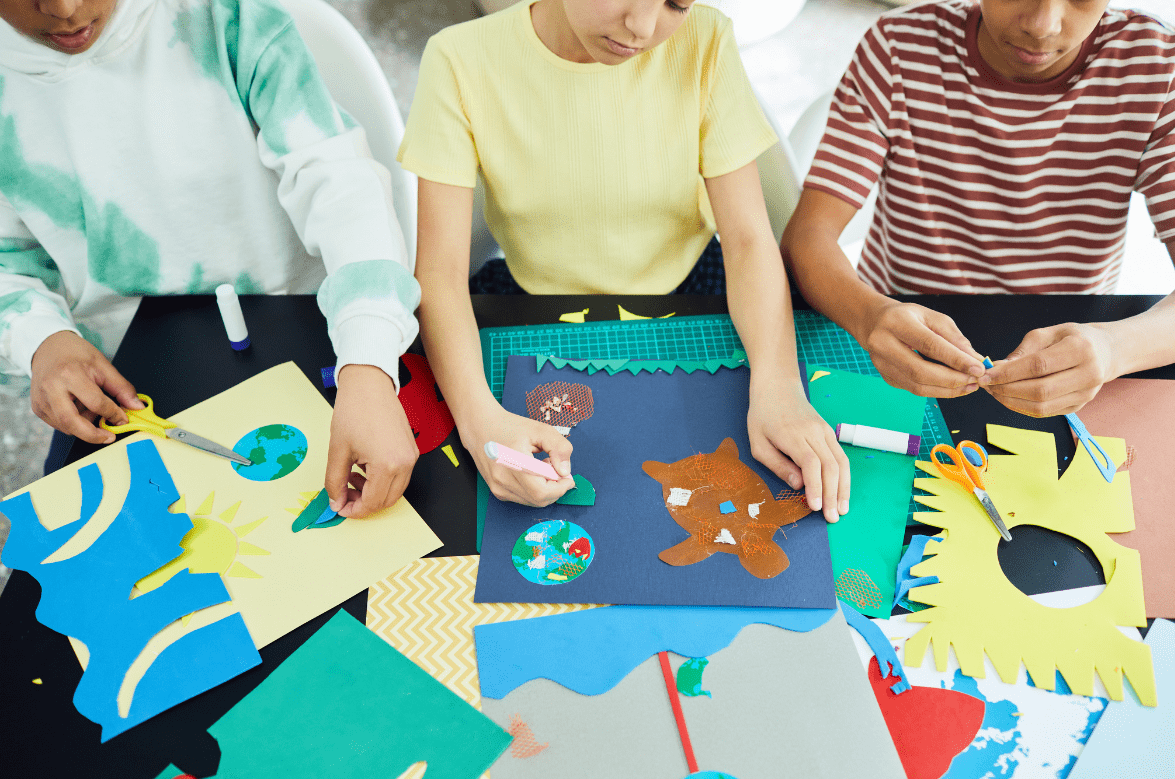Ensuring that disabled children feel included and have access to the same opportunities as their peers is not just a task but a mission that can significantly enhance their development, self-esteem, and overall well-being. Promoting inclusivity and accessibility requires intentional actions and a supportive environment. Here are five tips to help create a more inclusive and accessible environment for disabled children.
-
Educate and Raise Awareness
Understanding and awareness are the first steps toward inclusivity. Educating children and adults about disabilities helps create a supportive and empathetic environment.
Implement educational programs
Schools and community organizations should include disability awareness programs in their curricula. These programs can teach children about different types of disabilities, the challenges faced by disabled individuals, and the importance of empathy and respect.
Use inclusive language
Teach children to use person-first language, such as “a child with autism” instead of “an autistic child,” to emphasize the individual rather than the disability. Person-first language is a way of speaking that puts the person before the disability, focusing on their abilities rather than their limitations.
Promote positive representation
Share stories, books, and media that feature disabled individuals in empowering roles. This helps normalize disabilities and showcase the diverse capabilities of disabled people.
-
Adapt Physical Spaces
Ensuring that physical environments are accessible to disabled children is crucial for their participation and independence.
Barrier-free buildings
Schools, playgrounds, and public spaces should be designed or modified to be wheelchair accessible. This includes ramps, elevators, wide doorways, and accessible restrooms.
Adaptive equipment
Provide adaptive sports equipment, such as wheelchairs for basketball or hand cycles for cycling, playground structures with ramps and sensory elements, and classroom tools that cater to children with different physical abilities. This allows all children to participate in activities comfortably and safely.
Sensory-friendly spaces
Create quiet, sensory-friendly areas for children with sensory processing disorders or autism. These spaces can offer a break from overstimulation and provide a calm environment.
-
Foster Inclusive Social Interactions
Social inclusion is essential for building friendships, self-confidence, and a sense of belonging.
Inclusive play
Encourage games and activities that all children can participate in, regardless of their abilities. Cooperative games and team-building activities promote interaction and cooperation.
Peer buddy systems
Implement programs where students are paired with peers to assist and support each other. This fosters friendships and understanding between disabled and non-disabled children.
Celebrate diversity
Organize events that celebrate diversity and inclusivity. Activities such as inclusive sports days, cultural festivals, and awareness campaigns can highlight the strengths and contributions of all children.
-
Provide Accessible Learning Opportunities
Ensuring that educational materials and methods are accessible to all students is fundamental for an inclusive learning environment.
Differentiated instruction
Tailor teaching methods to accommodate different learning styles and abilities. This can include using visual aids, hands-on activities, and technology to enhance learning.
Accessible materials
Provide textbooks, worksheets, and other learning materials in accessible formats, such as braille, large print, or digital versions compatible with screen readers.
Support services
Offer additional support, such as speech therapy, occupational therapy, and special education services, to meet the unique needs of disabled children.
-
Encourage Family and Community Involvement
A collaborative approach involving families and the community is vital for promoting inclusivity and accessibility.
Family engagement
Involve parents and caregivers in the planning and implementing of inclusive practices. Their insights and experiences can help create a supportive environment tailored to the needs of their children.
Community partnerships: Collaborate with local organizations, disability advocacy groups, and service providers to enhance resources and support for disabled children.
Training and workshops: Offer sessions and seminars for parents, teachers, and community members on disability awareness, inclusive practices, and accessibility strategies.
Conclusion
Promoting inclusivity and accessibility for disabled children is not just about them but about creating a diverse and compassionate society. By implementing these strategies, we can create an environment where all children feel valued, supported, and empowered to reach their full potential. Your efforts in promoting inclusivity and accessibility are beneficial and a source of pride, fostering a society that respects and celebrates differences.

